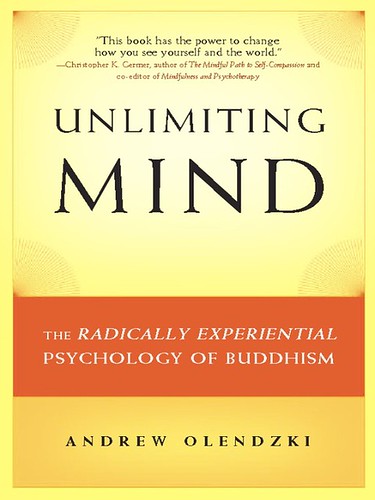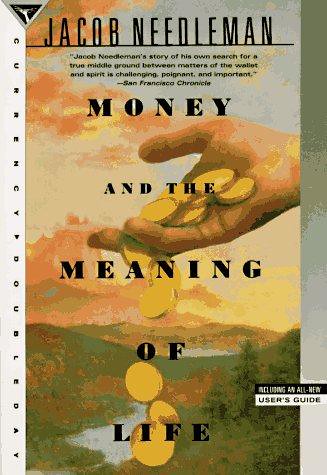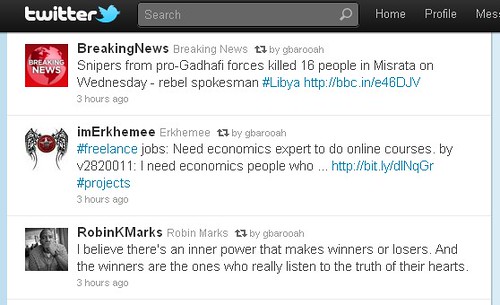 Noah Levine's new book is out today. It's called The Heart of The Revolution, and it looks like it's going to be a real humdinger. Unfortunately, if you're in the UK, it will be difficult getting hold of one for a couple of weeks, maybe even months, as HarperCollins has informed us that "each copy is to be hand-typed by a Dharmapunx scribe at Against The Stream's HQ on Melrose Avenue, which means that the book should only be arriving on your shores towards the end of April" [email message received April 1].
Noah Levine's new book is out today. It's called The Heart of The Revolution, and it looks like it's going to be a real humdinger. Unfortunately, if you're in the UK, it will be difficult getting hold of one for a couple of weeks, maybe even months, as HarperCollins has informed us that "each copy is to be hand-typed by a Dharmapunx scribe at Against The Stream's HQ on Melrose Avenue, which means that the book should only be arriving on your shores towards the end of April" [email message received April 1].Until then, wanting to reacquaint myself with some NL before this weekend's London Insight retreat, I thought I'd revisit his Buddhist Manual for Spiritual Revolutionaries, also entitled Against The Stream, which I'd read a few years back and greatly enjoyed.
Levine's dharma feels very fresh, even a little iconoclastic. What other teacher would have the title of his book (and this central teaching of the Buddha) tattooed below their right ear and then photographed for the cover of his sophomore volume? Is this not a manifestation in a quite literal way of the don't-judge-a-book notion (further evidenced by the fact that the writing to be found therein is a relatively straightforward, if no less enlightening, serving up of the Four Noble Truths and The Eightfold Path)?
Levine has often professed to be utilising a punk ethos in his work and life, but considering the amount of care, study and attention he's given to this path over the years, the simile would only really hold true if John Lydon had formed the Sex Pistols after studying guitar with Frank Zappa for ten years (Jack Kornfield as the Zappa of Insight Meditation? Why not!) and then followed this up with an MA in creative writing from the University of East Anglia.
Where I feel he is truly iconoclastic, an iconoclasm which frames all his work, is the sense that his dharma comes from a very raw and real understanding of how a life can go into a pretty serious tailspin for a number of years before finding salvation in something transcendent, for want of a better word. And don't we all feel like our lives at some point have gone, or are in the process of going into that kind of nosedive?
To be heretical for a moment, if I'm really looking for a example of someone who's went completely awry before finding their footing again through a spiritual practice, I'm not necessarily going to find that in "Sid - The Rebel Saint" as Levine has dubbed the Buddha. Even pre-Enlightenment, Sid was a pretty serious, nose-to-the-grindstone kind of guy: studying, various hardcore ascetic practices, fending off Mara etc. Hardly sex, drugs and rock 'n' roll, is it? The only misdemeanor I can find in Buddha, The Early Years, was that in modern parlance, he was an absent father, having chosen his own spiritual journey over that of bringing up the child he'd sired.
So strangely, or maybe not so strangely, I find myself, when looking for a lodestar, more inclined to bow in front of the all-too-human Levine, rather than the all-too-mythologised Sid. But I guess my lodestar might turn around, as he does in the Manifesto section of his book and tell me to BEWARE OF TEACHERS!: "Study the texts, study your own mind, and the highest truth will be revealed. All of what you are looking for is here in your own direct experience."
There's nothing in there about writing blogs, is there?



